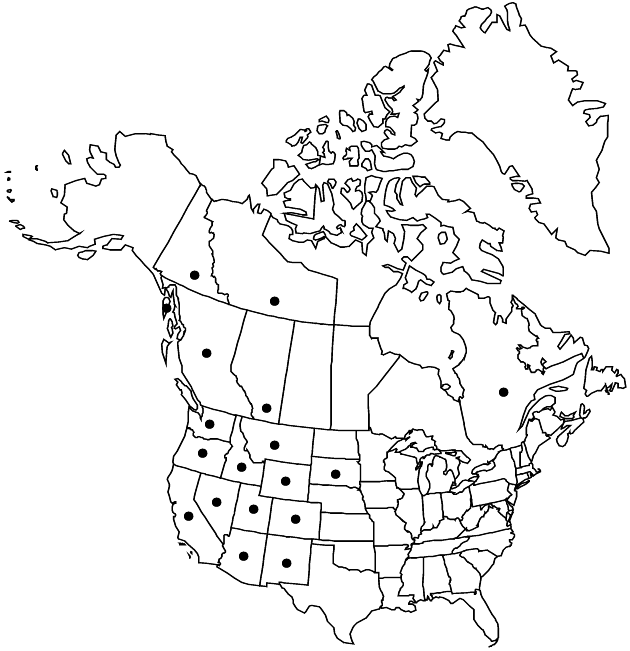Agoseris aurantiaca
Pittonia 2: 177. 1891.
Stems 0. Leaves erect to decumbent; petioles purplish, petiole margins ciliate to hairy; blades 7–38 cm, linear-lanceolate to oblanceolate, margins entire or laciniately pinnatifid, lobes 2–4 pairs, linear to lanceolate, spreading to antrorse, lobules usually inconspicuous to subequaling lobes, rarely lacking, faces glabrous and ± glaucous or sparsely villous. Peduncles ± elongating after flowering, 8–40(–80) cm, glabrate, or apically villous to lanate, eglandular. Involucres cylindric to obconic or campanulate, 2.5–3 cm at maturity. Phyllaries in 2–3 series, green or medially rosy purple, often with purple-black spots, blotches, and/or midstripes, or nearly all black, subequal to unequal, margins ciliate, faces glabrous or villous, eglandular; outer mostly spreading, adaxially glabrous or villous; inner erect, elongating after flowering. Receptacles epaleate. Florets 15–100; corollas usually orange, sometimes yellow, pink, red, purple, or white, tubes (4–)7–9 mm, ligules 4–12 × 1–3 mm; anthers 2–5 mm. Cypselae ± dimorphic, 8–18 mm, bodies cylindric to fusiform or obconic, 6–9(–11) mm, abruptly or gradually tapered to slender beaks (2–)5–10 mm, lengths mostly equaling bodies; ribs strongly ridged, straight, glabrous or scabrous; pappi in 2–3 series, 9–15 mm. 2n = 18, 36.
Distribution

w North America.
Discussion
Varieties 2 (2 in the flora).
Selected References
None.
Key
| 1 | Phyllaries ± lanceolate (± herbaceous throughout), margins ± ciliate proximally, usually villous, sometimes glabrous; corollas usually orange, sometimes pinkish or yellow, rarely white; cypselae ± abruptly tapered to beaks, ribs often thicker distally | Agoseris aurantiaca var. aurantiaca |
| 1 | Phyllaries ± ovate or obovate (somewhat stramineous proximally), margins ± ciliate distally, usually glabrous, rarely villous; corollas usually orange or yellow, sometimes pinkish; cypselae ± gradually tapered to beaks, ribs not thicker distally | Agoseris aurantiaca var. purpurea |